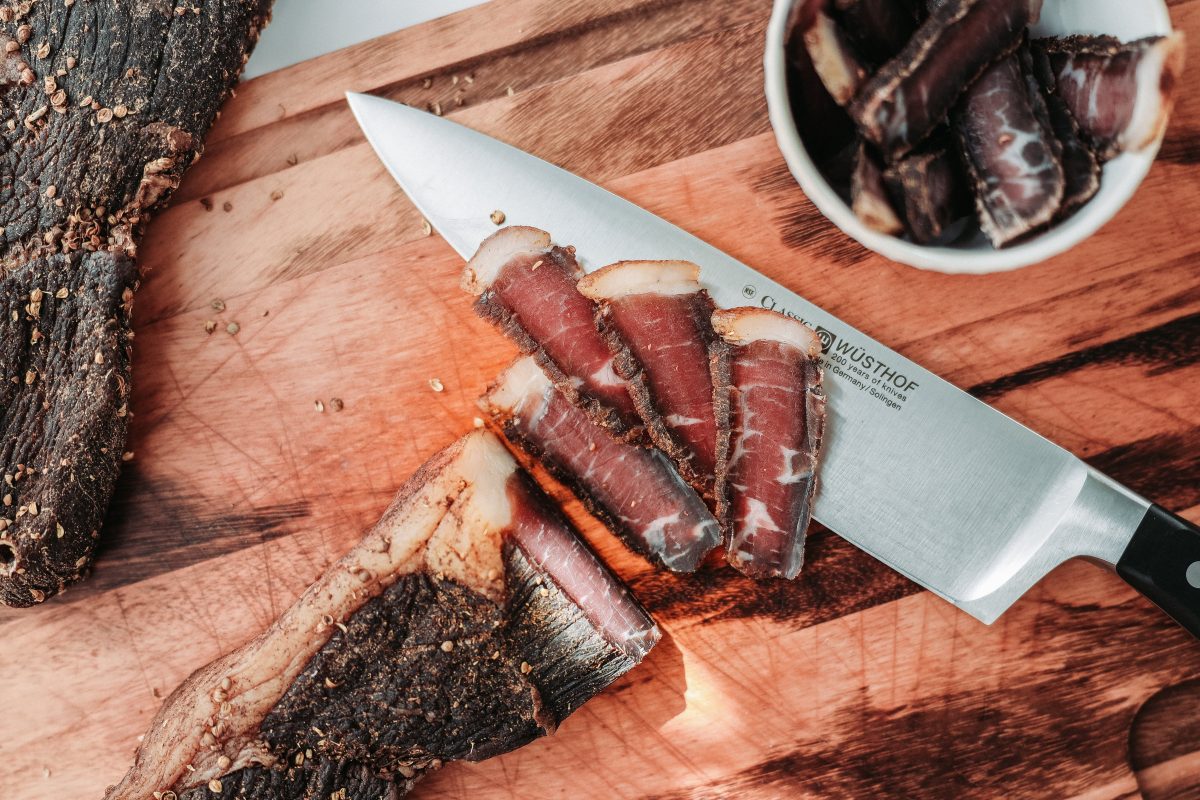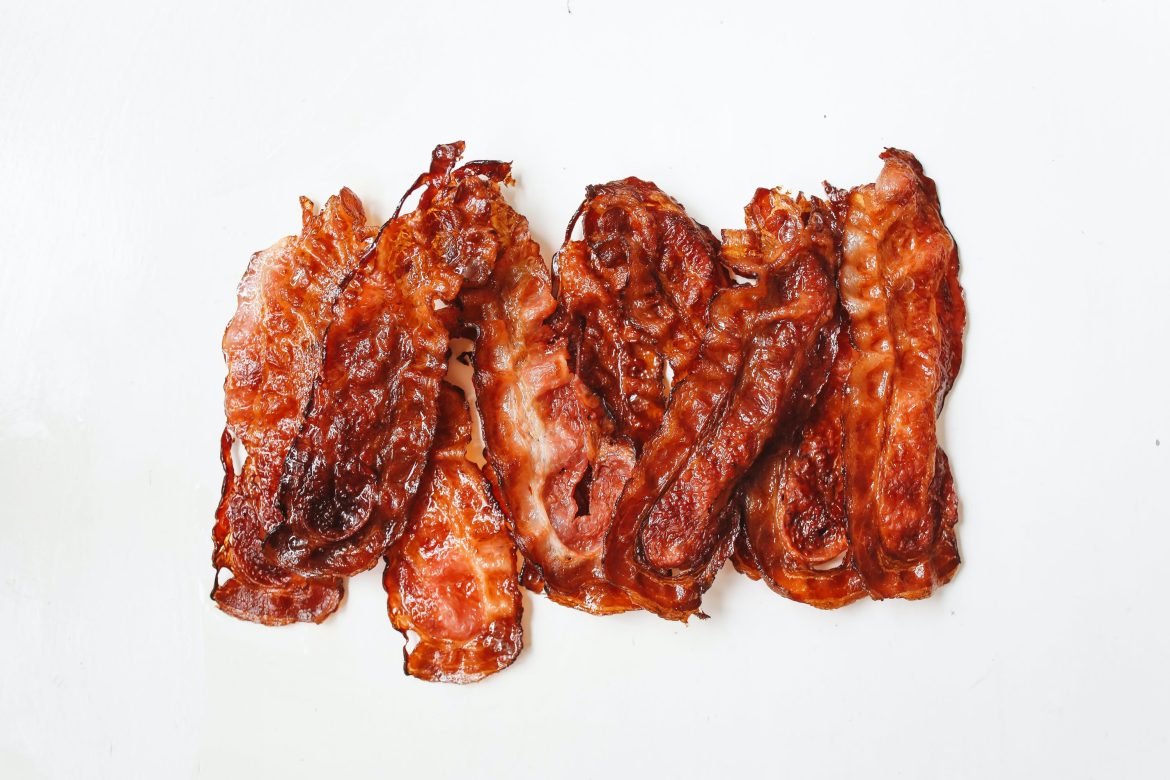Do you know the difference between bacon and traditional jerky? Both taste delightful, but bacon jerky tends to have higher fat and sodium than its traditional counterpart. If you want to explore multiple types of jerky and how they taste, you’ll find most companies sell both varieties.
However, our guide below will help you better understand bacon jerky vs traditional jerky.
Understanding Bacon Jerk
Bacon jerky is “American,” and it’s made from thick cuts of bacon. Smoked and flavored to perfection, this type of jerky is much different than traditional jerky.
Instead of being marinated and dried, bacon jerky is:
- Smoked, or
- Dehydrated
Bacon jerky isn’t marinated, so it’s faster to make. You’ll need to place your thick cuts of bacon in the oven at a low temperature and cook it until it turns into a jerky. Most bacon jerky takes three hours to cook, but you’ll find different recipes that offer chewy textures and other variations that may take less or more time.
Exploring Traditional Jerky
Traditional jerky isn’t made with bacon. Instead, most recipes use beef to make traditional jerky. In its most traditional form, this type of jerky is:
- Trimmed meat
- Lean
- Salted
- Marinated
- Dried
Sweeteners are often added to traditional jerky when it’s commercially made. The jerky’s taste can vary greatly depending on how long it’s left in brine and marinated.
Comparing Bacon Jerky and Traditional Jerky
Traditional jerkies are drier and have a chewy texture. You’ll find some smoked jerkies that are moist and have less of a chewy texture. Besides a difference in the meat used for jerky, key differences include:
- Bacon jerky is often smoked
- Traditional jerky is dried or dehydrated
Bacon jerky is fattier and greasier than traditional jerky, which you may or may not like. Textures between the two do vary, with many preferring the traditional texture versus the bacon alternative.
Aside from taste and texture, many traditional jerky options have little-to-no fat. Bacon jerky may have 4 – 5 grams of fat and about half the protein of a beef jerky. If you want to up your protein intake, you’ll want to go with traditional jerky.
Carbohydrate and sodium amounts are similar to bacon and traditional jerky.
Bacon Jerky Recipes and Uses
Bacon jerky recipes are usually simple because bacon is already flavorful. But because of its high-fat content, bacon jerky may not have as long of a shelf life as beef jerky.
Recipes for bacon jerky often include:
- Maple syrup
- Soy sauce
- Brown sugar
- Dijon mustard
- Sriracha
- Honey
Bacon jerky is the perfect on-the-go snack because it doesn’t require any preparation. It’s used by outdoor enthusiasts to stay fueled and everyday people who need a quick, healthy snack.
Traditional Jerky Recipes and Uses
Traditional jerky recipes are very simple. Traditionally, people made jerky using the sun, wind and smoke. Salt was used to prevent bacteria growth and spices were sometimes used.
Over time, recipes for traditional jerky evolved to include more spices and even liquid ingredients, such as:
- Soy sauce
- Worcestershire sauce
- Brown sugar
- Garlic powder
- Onion powder
- Liquid smoke
- Ginger
These simple ingredients give the jerky flavor, and they can easily be adjusted based on your personal taste preferences.
Traditionally, jerky is typically used as a snack or meal replacement for people who are hiking, camping or on the go. It can be eaten on its own, or it can be added to salads, soups or sandwiches for additional protein and nutrients.


In Conclusion
There are many different jerky recipes out there for both beef and bacon varieties. Experiment with different flavor combinations and methods to see which ones you like best. Beef and bacon jerky both have unique flavor profiles, so try different recipes to find ones that you enjoy.

